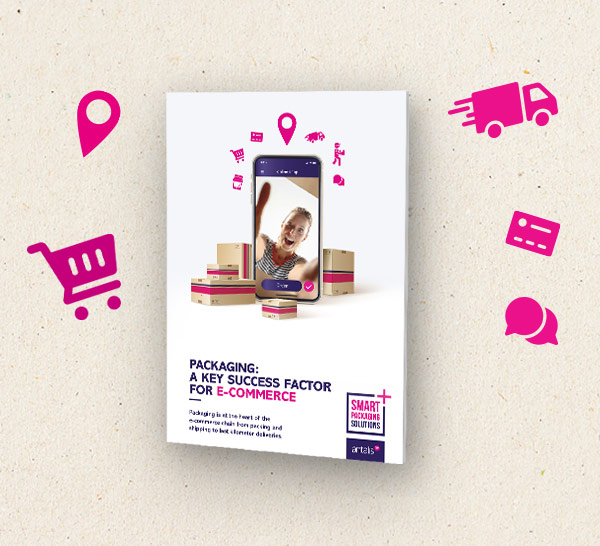Packaging: a key succes factor for
e-commerce
Packaging is at the heart of the
e-commerce chain from packing and shipping to last kilometer deliveries.
E-commerce puts a lot of strain on the packing, shipping and delivery functions behind fulfilling online customer orders.
E-commerce puts a lot of strain on the packing, shipping and delivery functions behind fulfilling online customer orders.
The periods of peak demand like Black Friday or the holiday season can test even the most efficient operations.
The stakes are high. While e-commerce platforms present enormous opportunities to reach new markets and customers, if packaging and fulfillment operations don’t keep up with your sales team, you could lose customers as quickly as you win them.
Companies that want to sustainably grow their online sales need to accurately forecast their periods of peak demand and make sure their packaging processes are optimal for speed, safety, and efficiency in those periods. That includes assessing your packaging materials, packing stations, staffing needs and warehousing processes.
Inventory management is crucial for all product manufacturers. Keep too much product on hand and you’re wasting costly warehouse space. Too little and you may not be able to meet customer demand. The same is true of your packaging materials. Businesses often have a variety of packaging needs for products of different shapes and sizes. Some require more protective material and fill than others.

Having enough cardboard, paper, plastic and fill material on hand and accessible is key to efficient operations. Consider rationalizing your materials and procedures to simplify and limit the number of different packaging processes you undertake. Also continuously monitor packaging inventory to make sure it is sufficient to meet peak demand periods but not taking up too much warehouse space itself.
A well-organized packing area can keep order fulfillment humming without costly delays that can lead to late deliveries and unhappy customers. In a pandemic, the safety and efficiency of packing stations is all the more challenging. Machinery and semi-automated processes can vastly improve the speed and quality of the packaging function while reducing your staffing needs. It also makes your employees more productive and generally keeps them safer.
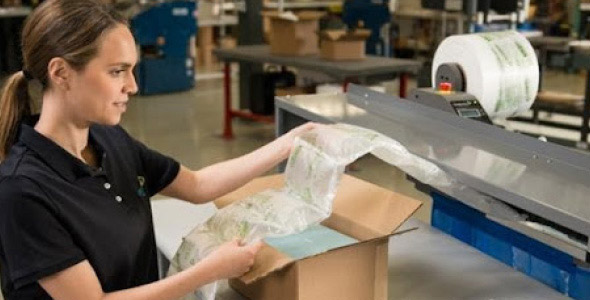
Among the automation options to consider:
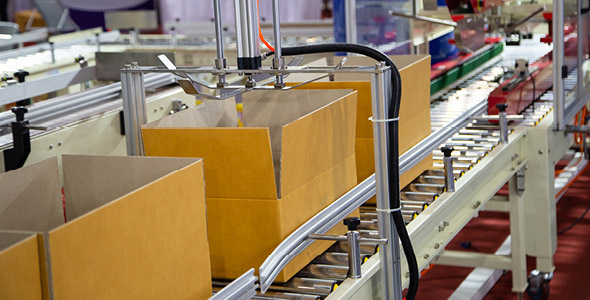
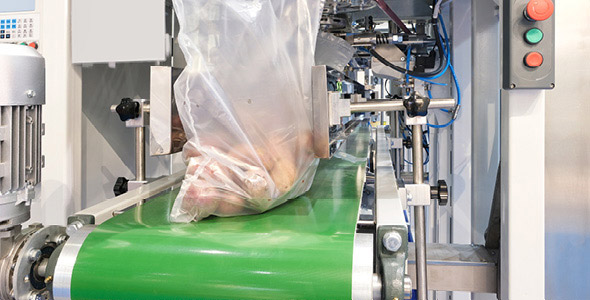
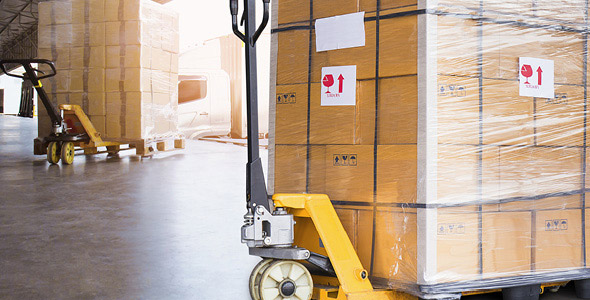
Heavy shipments are costly to transport, and packaging can add to the problem. While packaging must fulfill its protective function for products, there are often opportunities to reduce the size and weight of packaging to lower financial and environmental costs. Lighter material directly reduces the postage and shipping cost per package. Right-sized packaging that more closely fits the product size will reduce both the volume of packaging required as well as the need for void fill to secure the contents.
A smaller, lighter package will be cheaper to transport and more friendly to the environment, but there are costs to get there. Businesses need to analyze their operations to determine potential opportunities for improvement. It may require a redesign of your current packaging and changes to processes in your packaging and warehousing operations. In the long run, however, the savings can more than make up for the initial cost of changing practices.
Accurate, clear and durable labels are essential to getting packages to their destinations efficiently and with better traceability. If you’re producing small numbers of packages, labels can be purchased at post offices and other suppliers. More likely, you require large enough quantities to merit printing your own labels. Label printers are fast efficient and affordable and can be incorporated into logistics software systems to produce the standardized information needed for packages as well as barcodes and/or QR codes.
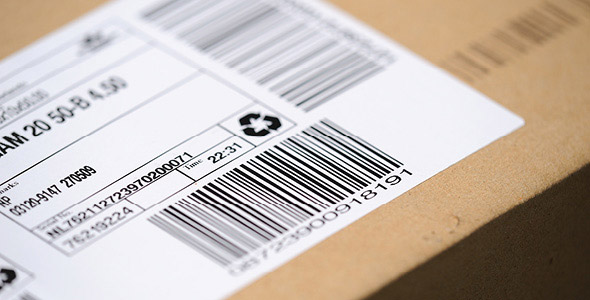
Self-adhesive labels reduce the need for tape to secure them. It pays to use high quality, moisture-resistant labels that won’t come off their packages. Also make sure your label format is consistent with that of your carrier.
Packaging is the first contact that customers have with your product, and it makes a very important impression. Low cost and process efficiency are both key considerations in packaging decisions, but aesthetics and customer experience should also be part of the equation.
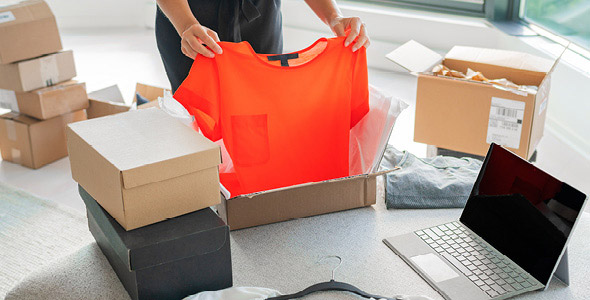
For some items, minimal, simple packaging may make the most sense. If the material is eco-friendly, make that clear to the customer. Creative and appealing artwork or content, however, can reinforce your brand image and strengthen customer loyalty. Some form of personalization can also make good impressions. It could be a personal message demonstrating a knowledge and interest in the customer, or it could be the inclusion of vouchers or free stuff along with orders. Pleasing customers is what business, online and off, is all about. Packaging can help achieve that.
E-commerce is the future, and every business needs to have a strategy to master the sales channel. Customers are only becoming more demanding in terms of the speed, (very fast), and cost, (zero) they expect in the fulfillment of their online orders. It is hard to overstate the importance of packaging in meeting those expectations and handling ecommerce logistics efficiently. The right materials combined with efficient processes can help businesses control costs during the busiest periods of the year for them. They can also prove crucial to creating satisfied repeat customers who will help your ecommerce sales continue to grow.
Packaging is at the heart of the
e-commerce chain from packing and shipping to last kilometer deliveries.
